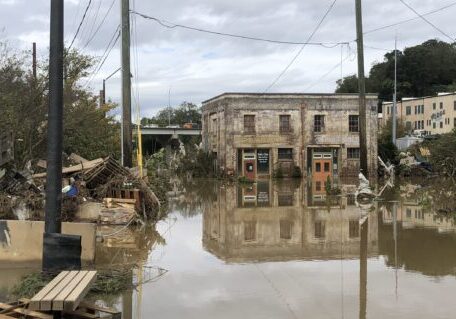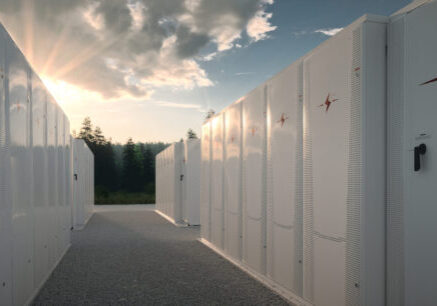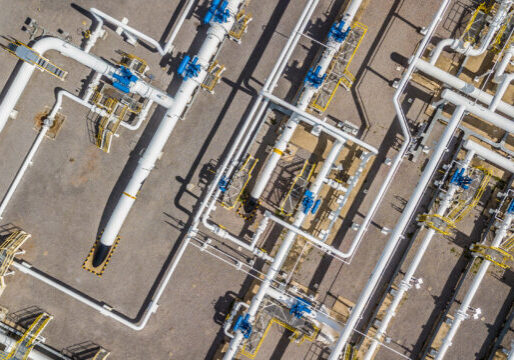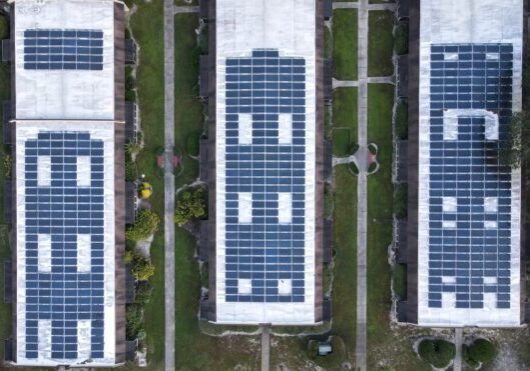April 2, 2013
Charting a Course for Clean Energy
By Lewis Milford
When we’re talking about climate stabilization over the long term, we’re talking about a balancing act: how to scale up zero and low-carbon emission energy sources and how to scale down the use of high-carbon emission sources used today. To think that by 2050 we’ll have a global energy system producing basically zero greenhouse gas emissions seems almost unimaginable. But that’s what we’ll need in order to start bending the carbon curve over the long run so that the earth remains habitable for our descendants. It’s an extraordinary transition we’ll need to go through.
The fossil fuels that currently dominate the energy system are considerably less expensive than their renewable counterparts. And thanks to hydraulic fracturing, or fracking, natural gas is getting even cheaper. The controversial practice has made the commodity so inexpensive and plentiful that it’s displacing coal and nuclear power as America’s primary energy source.
In other words, the main challenge we face is making the cost of renewable energy less prohibitive. We will need additional technological breakthroughs, as well as economies of scale, to continue driving down the cost of alternative types of energy.
Take off-shore wind (OSW) power as an example. We have the opportunity to create a new OSW industry from Maine to the Carolinas, and to create real energy far in excess of anything we can do on land. This new industry would create thousands of jobs, as well as a more reliable power source. It’s a huge opportunity that we as a nation are not even close to figuring out.
We have financed infrastructure though bonds for our public schools, roads, bridges, hospitals, and other facilities. Why not finance energy with a dedicated energy stream for the long-term public good?
The biggest technical problem we haven’t even begun to figure out is this: how do we store intermittent power from renewable energy sources? Solar power production peaks during the day; wind generally peaks at night. But unless there are safe, reliable, economical ways to store that power for when demand is highest, it all goes to waste. With funding from the 2009 Recovery Act set to expire, federal subsidies for energy research are scheduled to fall by 70 percent. Without additional research funds, it is unclear where those new power storage technologies will come from.
In addition to deploying renewable energy on a massive scale, we must figure out how to flip the energy system around so we have more localized, distributed power protecting critical infrastructure.
After Hurricane Sandy hit New York City last fall, one of the many horrifying sights was seeing doctors and nurses at the NYU Langone Medical Center working in the dark after the hospital lost generator power. Hundreds of patients had to be evacuated, but since elevators were down, critically vulnerable patients had to be carried down as many as 15 flights of stairs.
Meanwhile, just blocks away, it was business as usual at Goldman Sachs. If you’re a data center protecting financial transactions in the billions of dollars, there’s no limit to what you’ll spend to prevent the loss of power. We need new policies to encourage critical public and private facilities to deploy renewable technologies like solar with batteries and fuel cells to create power onsite when the lines are down.
All of this requires new financing on a large scale. We have financed infrastructure through bonds for our public schools, roads, bridges, hospitals, and other facilities. Why not finance energy with a dedicated energy stream for the long-term public good?
With no prospects for federal funding on the horizon, the opportunity exists for states to work with the bond markets to raise the billions of dollars needed to construct the near-zero carbon emission energy infrastructure we need in the coming generation.
***
This blog is one of a series of writings on Climate Change and Renewable Energy from WBUR in Boston, MA. To see the source and other viewpoints, see http://cognoscenti.wbur.org/2013/04/02/climate-renewable-energy-watson-milford-gordon.
Associated CEG Initiative(s)
Sorry, we couldn't find any posts. Please try a different search.














